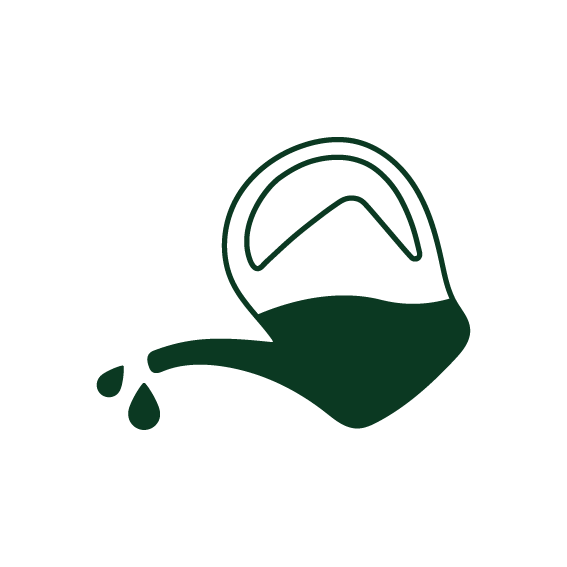Advice
Keep it in a sunny to partly sunny spot, ensure the soil stays slightly moist with good drainage, and water moderately when the top inch dries out.
Fun facts
- Unique Color: The Super Blue Spruce gets its name from the striking steel-blue color of its needles, which sets it apart from other evergreen trees and adds a unique touch to your landscape.
- Inspiration for the Silverado Blue Spruce: This plant's dazzling blue color served as the inspiration for the Silverado Blue Spruce, a hybrid variety that's equally captivating and popular among garden enthusiasts.
Signs of weakness
- Needle Discoloration: Yellowing, browning, or withering of needles may indicate stress, disease, or insufficient watering.
- Needle Loss: Excessive needle drop, especially from the inner branches, can be a sign of stress or disease.
- Stunted Growth: If the plant is not exhibiting expected growth for its age, it may be suffering from poor soil conditions or inadequate care.
- Wilting or Drooping Branches: Drooping or sagging branches may suggest a lack of moisture or root issues.
- Sparse Foliage: A visibly thin or sparse canopy can be indicative of various health issues, including pests or disease.
- Bark Damage: Physical damage or visible blemishes on the bark could be due to mechanical injury or insect infestations.
- Yellowing of New Growth: Yellowing or discoloration in the young shoots or growing tips can be a sign of nutrient deficiencies or environmental stress.
 Direct light
Direct light Normal humidity
Normal humidity Moderate irrigation
Moderate irrigation Not suitable for pets
Not suitable for pets
